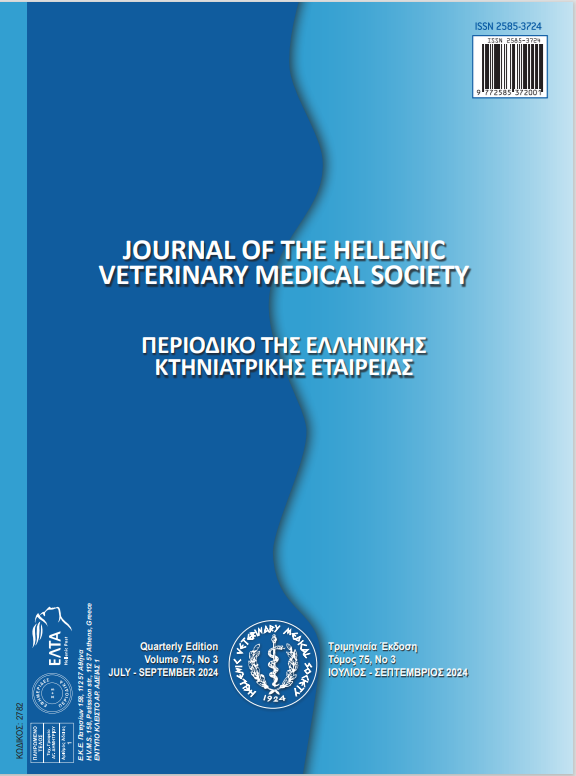Comparison of nutrient composition and potential feed value of different cakes obtained by cold pressed method

Abstract
This study aimed to determine nutrient composition and chemical properties of some cakes obtained by cold pressed method proposed as alternative protein sources, and to reveal their usability in animal feeding. The feed materials used in this study are safflower, black cumin (e and m), flaxseed (e and m), carrot seed, walnut, hempseed, and camelina seed cakes. The proximate analysis, metabolic energies, total phenolic content, total flavonoid and antioxidant activity of these cakes were determined and compared. The average percentage nutrients content of the cakes varies from 95.8 (walnut cake) to 91.9 (flaxseed cake e) for dry matter, from 13.1 (carrot seed) to 3.9 (safflower cake) for crude ash, from 23.5 (flaxseed e cake) to 5.5 (hempseed cake) for ether extract, from 46.8 (flaxseed cake m) to 20.0 (safflower cake) for crude protein, from 45.4 (walnut meal) to 21.9 (safflower cake) for nitrogen-free extract, and from 9.4 (flaxseed m) to 2.2 (safflower cake) for sugar. Starch content was below detectable level in all feed samples. The highest crude fiber was at 37.1, NDF at 52.7, and ADF at 40.4 were found in safflower cake. The highest metabolic energies for poultry (12.8 Mcal kg-1) and for ruminants (14.01 Mcal kg-1) were obtained from black cumin seed cake (e). The highest total flavonoid content (3.15 mg GAE/g) and total flavonoid (2.64 mg QE/g) were found in walnut cake. The antioxidant activity (%) varied from 31.3 for black cumin seed cake (m) to 6.7 for camelina seed cake. Considering the high amount of crude protein (>20%) in the investigated cakes, it is concluded that they can be recommended as alternative protein sources for feeding livestock.
Article Details
- How to Cite
-
Niyonshuti, E., & Kirkpinar, F. (2024). Comparison of nutrient composition and potential feed value of different cakes obtained by cold pressed method. Journal of the Hellenic Veterinary Medical Society, 75(3), 8017–8026. https://doi.org/10.12681/jhvms.36360
- Issue
- Vol. 75 No. 3 (2024)
- Section
- Research Articles

This work is licensed under a Creative Commons Attribution-NonCommercial 4.0 International License.
Authors who publish with this journal agree to the following terms:
· Authors retain copyright and grant the journal right of first publication with the work simultaneously licensed under a Creative Commons Attribution Non-Commercial License that allows others to share the work with an acknowledgement of the work's authorship and initial publication in this journal.
· Authors are able to enter into separate, additional contractual arrangements for the non-exclusive distribution of the journal's published version of the work (e.g. post it to an institutional repository or publish it in a book), with an acknowledgement of its initial publication in this journal.
· Authors are permitted and encouraged to post their work online (preferably in institutional repositories or on their website) prior to and during the submission process, as it can lead to productive exchanges, as well as earlier and greater citation of published work.



